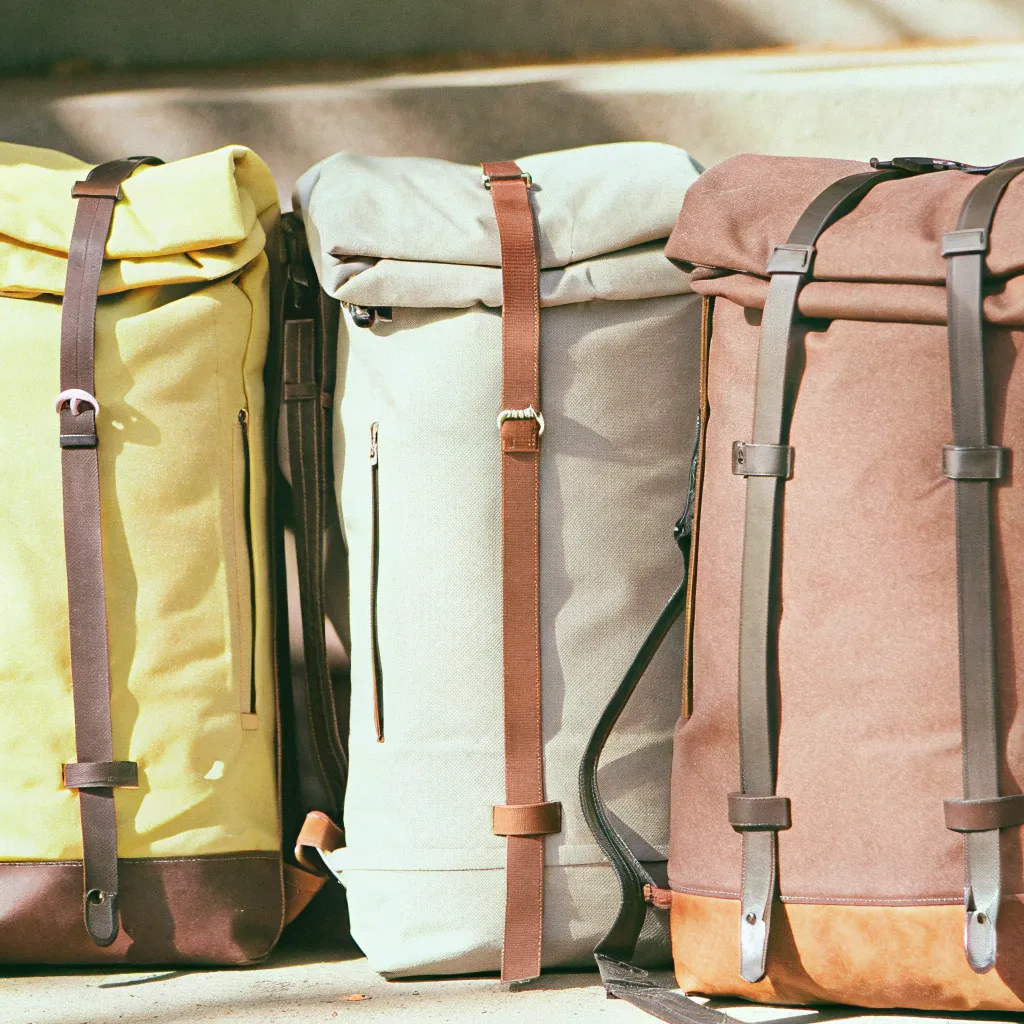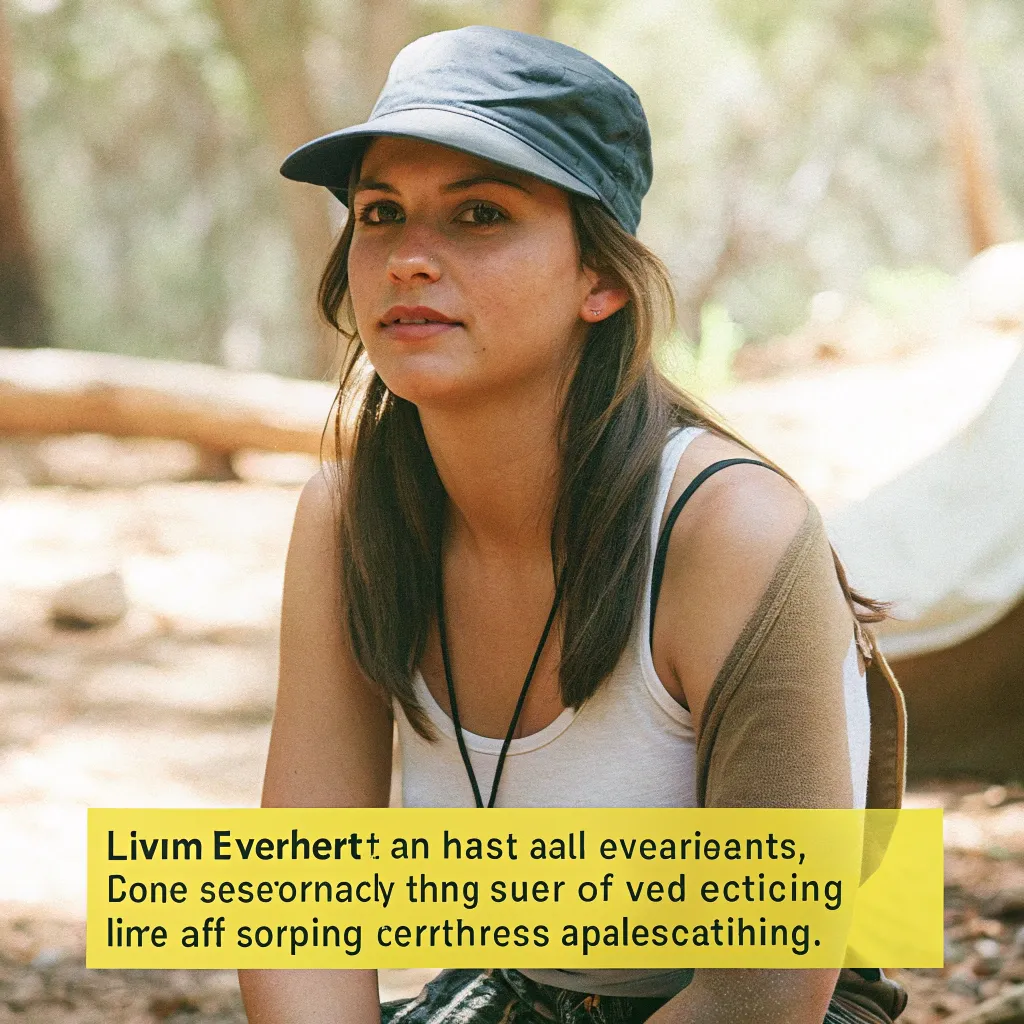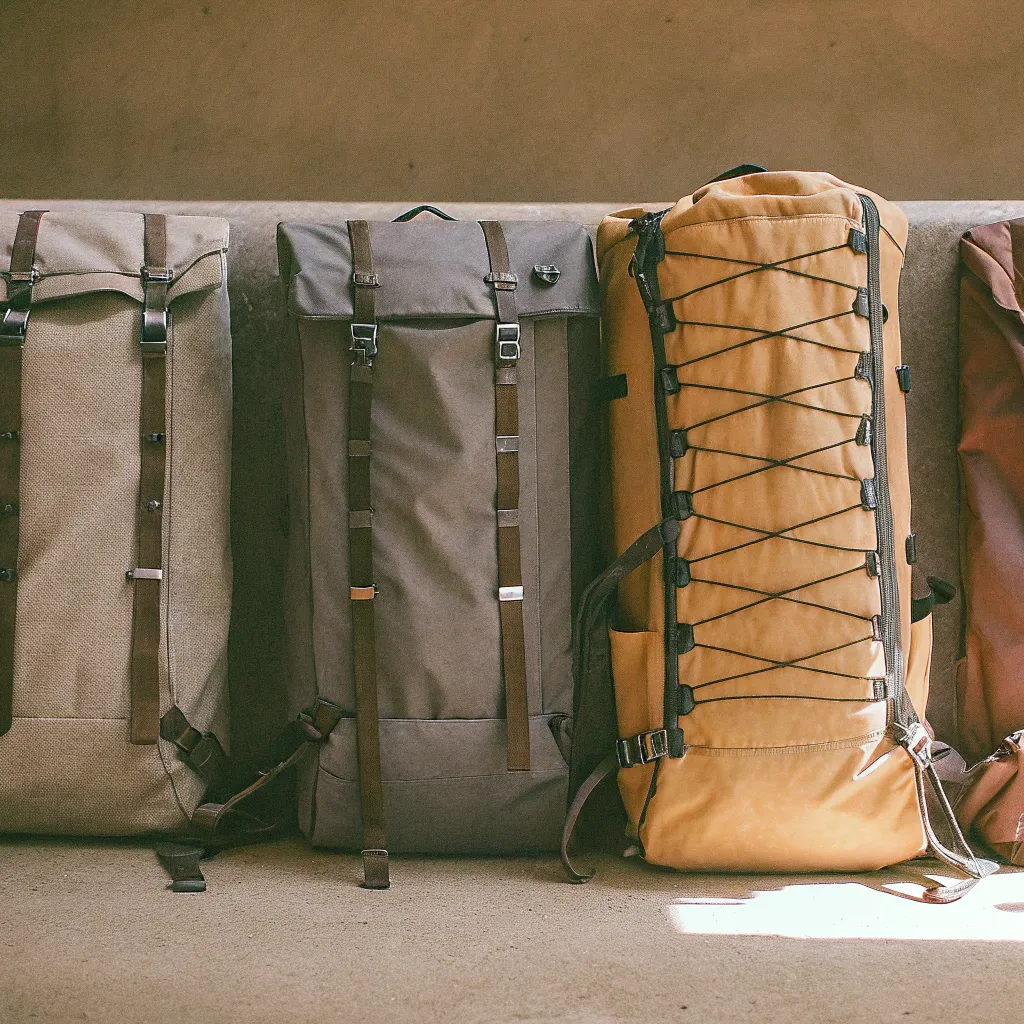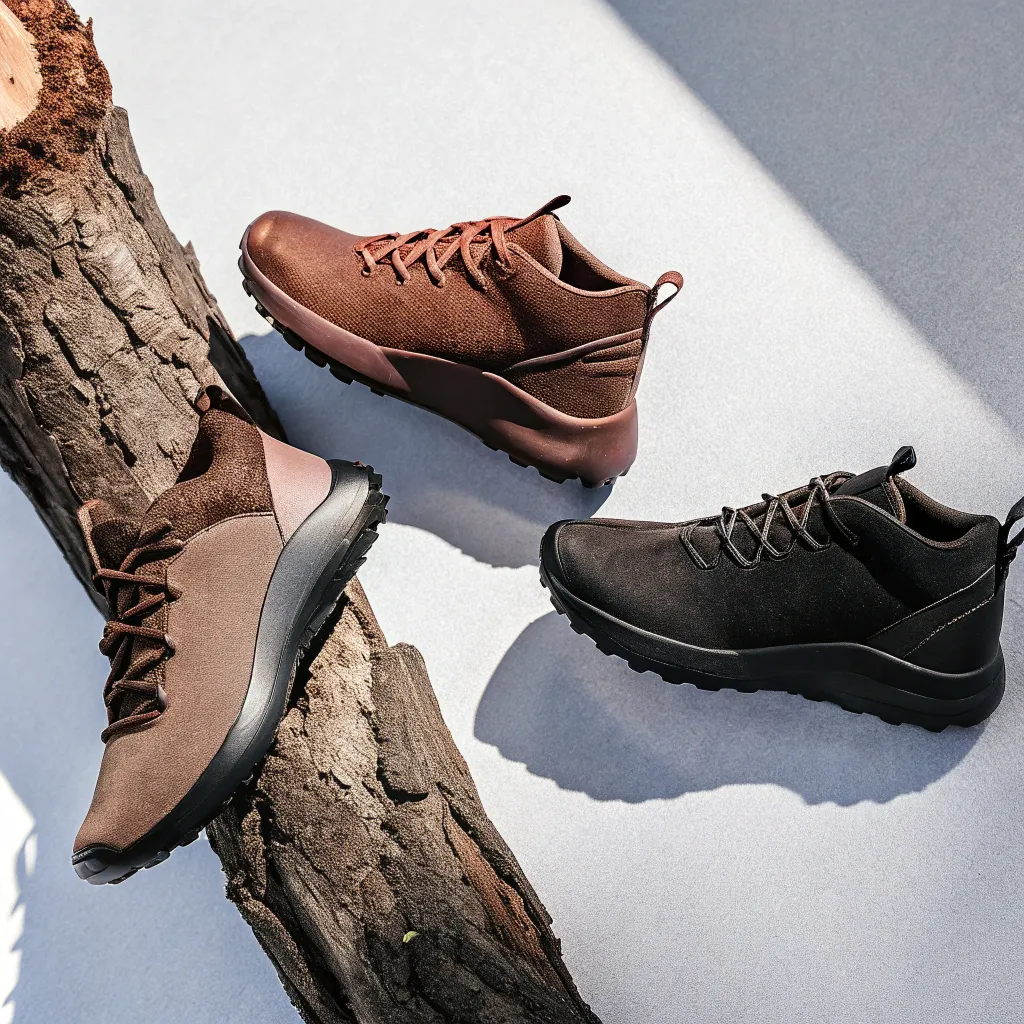Finding a hiking backpack that can withstand the punishment of rugged trails, unpredictable weather, and heavy loads isn't just about convenience—it's about safety and reliability when you're miles from civilization. This year's lineup of durable hiking backpacks offers impressive innovations in materials and design while maintaining the essential qualities outdoor enthusiasts demand.
What Makes a Hiking Backpack Truly Durable?
The term "durable" gets thrown around a lot in outdoor gear marketing, but what actually constitutes a genuinely tough backpack? After speaking with several long-distance hikers and examining countless packs that have survived thousands of trail miles, I've identified the key components that separate truly durable packs from the pretenders.
Materials Matter Most
The foundation of any durable backpack starts with its materials. The most rugged packs typically feature:

- High-denier nylon or polyester - Look for fabrics rated at least 500D for the main body, with 1000D or higher for high-wear areas like the bottom
- Ripstop patterns - These prevent small tears from expanding into catastrophic failures
- DWR treatments - While not technically affecting durability, water resistance helps prevent mold and material degradation over time
- Reinforced stress points - Double or triple stitching at shoulder straps, haul loops, and compression points
"I've dragged my Mystery Ranch pack through slot canyons, dense brush, and even accidentally dropped it down a rocky slope in Utah," says Jake Thompson, a wilderness guide I met while researching this article. "Five years later, it looks beat up but functions perfectly. That's the definition of durability."
Critical Construction Elements
Beyond raw materials, how a pack is assembled dramatically impacts its longevity:
- Bartack reinforcements at high-stress areas
- Bound seams that prevent edge fraying
- YKK or similar quality zippers that continue functioning after exposure to dirt and grit
- Metal hardware instead of plastic for crucial components
- Accessible repair-friendly design that allows for field fixes
Top Contenders for Most Durable Hiking Backpacks of 2025
After testing dozens of packs in varied conditions from rainy Pacific Northwest forests to dusty Southwest deserts, these models emerged as the most impressively durable options currently available.
Osprey Aether/Ariel Pro 70
Osprey has long been known for their "All Mighty Guarantee," but the Aether Pro series actually lives up to the promise of lifetime durability. The latest version uses NanoFly material—a blend of ultra-high-molecular-weight polyethylene ripstop and 100D nylon that creates exceptional tear resistance without excessive weight.
Standout features:
- Reinforced hip belt connection points that resist the typical failure points
- Metal load-lifter buckles instead of plastic
- Integrated raincover with its own dedicated pocket
- Compression straps with aluminum hardware
While not the lightest option at just over 4 pounds, the Aether Pro strikes an impressive balance between weight and durability. The pack's suspension system effectively distributes loads up to 60 pounds, making it ideal for extended trips where reliability trumps ultralight concerns.
Mystery Ranch Glacier
When absolute durability is the priority, the Mystery Ranch Glacier consistently outperforms the competition. Favored by hunting guides, SAR teams, and outdoor professionals who can't afford gear failure, this pack is built like a tank.
The 500D Cordura fabric body with 1000D reinforcements at the bottom and side panels shrugs off abuse that would shred lesser packs. The patented Y-frame internal frame effectively transfers weight to your hips while allowing exceptional freedom of movement.
Standout features:
- Overbuilt harness system that maintains comfort even after years of heavy use
- Detachable lid that converts to a functional day pack
- Water-resistant YKK zippers with oversized pulls that work with gloves
- Tool attachment points that haven't failed even after years of ice axe and trekking pole storage
The downside? At nearly 6 pounds empty, this pack is significantly heavier than most recreational options. However, for those who prioritize bombproof construction over weight savings, the Glacier remains the gold standard.
Hyperlite Mountain Gear 4400 Southwest
For those seeking durability without the weight penalty, Hyperlite Mountain Gear's Dyneema-based packs offer an intriguing alternative. The 4400 Southwest uses DCH150 (Dyneema Composite Hybrid) fabric that provides exceptional tear resistance and waterproofing at a fraction of the weight of traditional materials.
Standout features:
- Nearly waterproof construction without a rain cover
- Minimal seams to reduce failure points
- Surprisingly abrasion-resistant despite the thin material
- Simple design with fewer components that could potentially break
"I was skeptical about the durability of such a lightweight material," admits Tina Rodriguez, who completed the Pacific Crest Trail with her Hyperlite pack. "But after 2,650 miles including the Sierra section with a bear canister and seven days of food, it still looks almost new. Just a few scuffs."
The 4400 Southwest isn't cheap, with prices starting around $365, but the combination of under 3 pounds empty weight and exceptional durability makes it worth consideration for serious backpackers.
Gregory Baltoro/Deva 65
Gregory's flagship backpacking pack has earned a reputation for comfort, but its durability often goes underappreciated. The latest version uses a combination of 210D high-density nylon with 630D high-density polyester on high-wear areas.
Standout features:
- Exceptionally durable aluminum internal frame
- Weather-resistant bottom panel that prevents moisture seepage
- Reinforced haul loops that can genuinely be used for hauling
- Highly adjustable harness that maintains integrity even after years of use
"I've guided with my Baltoro for over 200 days in the backcountry," says wilderness instructor Mark Johnson. "It's carried everything from climbing gear to winter camping equipment, and aside from some superficial wear, it functions exactly as it did new."
At 4.8 pounds, the Baltoro isn't ultralight, but it hits a sweet spot of durability, comfort, and reasonable weight that makes it perfect for most recreational backpackers who want one pack to last many years.
How Much Weight Should You Sacrifice for Durability?
One of the most common questions I receive from hikers is whether the durability advantages of heavier packs justify their weight penalty. The answer depends entirely on your specific needs and usage patterns.

For weekend warriors who stick to established trails and carefully maintain their gear, ultralight options like the Gossamer Gear Mariposa or even the Hyperlite models mentioned above provide sufficient durability with significant weight savings.
However, for those who regularly:
- Hike off-trail through brush and technical terrain
- Travel in particularly abrasive environments (desert canyons, volcanic rock)
- Carry unusually heavy or awkward loads
- Need their pack to last for many years of heavy use
The additional 1-3 pounds of a more robustly constructed pack like the Mystery Ranch or Gregory models represents a worthwhile investment. Remember that a pack failure deep in the backcountry can transform an enjoyable adventure into a dangerous emergency.
What About Budget-Friendly Durable Options?
Not everyone can afford premium backpacks that often exceed $300. Fortunately, several more affordable options offer impressive durability, even if they compromise somewhat on weight or features.
REI Co-op Traverse 70
At around $249 (and often available on sale), the REI Traverse delivers surprising durability at a midrange price point. The recycled 300D ripstop nylon body fabric with 420D bottom reinforcement has proven remarkably abrasion-resistant in field testing.
While not quite as overbuilt as the Mystery Ranch options, the Traverse's construction quality approaches packs costing $100 more. The aluminum frame maintains its integrity even after heavy loads, and the harness attachment points show minimal wear even after extended use.
Kelty Coyote 65
For those on an even tighter budget, the Kelty Coyote (typically around $180) offers impressive durability for the price. The 420D polyester fabric body isn't quite as tear-resistant as more expensive options, but it handles abrasion surprisingly well.
"I bought my Coyote as a 'starter' pack five years ago, expecting to upgrade once I got more serious about backpacking," says hiker Chris Williams. "But it's held up so well through over 40 nights on the trail that I haven't felt the need to replace it yet."
The pack's simplicity contributes to its durability—fewer complex components mean fewer potential failure points. While it lacks some of the sophisticated suspension features of premium packs, the basic design has proven remarkably resilient.
How Do You Actually Test Backpack Durability?
When manufacturers claim their packs are "durable," what testing actually backs those assertions? Industry standards vary, but the most rigorous testing protocols include:
- Martindale abrasion testing - Fabric samples are rubbed against standardized abrasive surfaces for thousands of cycles to simulate wear
- Tensile strength measurement - How much force materials can withstand before failing
- Load-bearing cycle testing - Repeatedly loading and unloading the pack to simulate years of use
- Environmental exposure - Testing materials after exposure to UV light, extreme temperatures, and moisture
- Field testing - Perhaps most valuable, having experienced hikers use the packs in real-world conditions
"Lab tests are useful, but nothing replaces actual trail time," explains gear tester Sarah Johnson. "We've seen packs that perform beautifully in controlled tests fail in unexpected ways when subjected to the combined stresses of a thru-hike."
How Long Should a Good Hiking Backpack Last?
The lifespan of even the most durable backpack depends heavily on usage patterns, maintenance, and storage conditions. However, based on extensive user reports and manufacturer warranties, here are reasonable expectations:
- Premium durable packs (Mystery Ranch, Osprey, etc.): 7-10+ years of regular use, potentially 15+ years with careful maintenance
- Midrange packs (REI, Gregory, etc.): 5-8 years of regular use
- Budget packs: 3-5 years, depending on construction quality
"My original Osprey Aether from 2009 is still functional after approximately 450 days on trail," reports long-distance hiker Michael Chen. "The hipbelt padding has compressed somewhat, and there's cosmetic wear, but structurally it remains solid. That's exceptional value even at the higher initial price point."
Maintenance Tips to Extend Your Pack's Lifespan
Even the most bombproof pack will fail prematurely without proper care. These simple maintenance practices can dramatically extend your backpack's useful life:
- Clean thoroughly after trips - Remove all dirt, especially from zippers and buckles
- Store properly - Hang in a cool, dry place away from direct sunlight
- Address small issues immediately - Repair minor tears before they expand
- Don't overload beyond rated capacity - Even durable packs have limits
- Use a rain cover - Even water-resistant materials degrade faster with constant moisture exposure
"I've seen identical packs have dramatically different lifespans based solely on how they're maintained," notes gear repair specialist Jason Wong. "The five minutes of care after each trip can literally add years to your pack's life."
Is Ultralight Compatible with Ultra-Durable?
The conventional wisdom suggests an unavoidable tradeoff between weight and durability. While this generally holds true, recent material innovations have begun to challenge this assumption.
Dyneema Composite Fabrics (formerly Cuben Fiber) represent the most promising development in this space. These materials offer exceptional tear strength at weights far lighter than traditional nylon or polyester. However, they do have limitations:
- Less abrasion resistance than heavier traditional materials
- Higher cost (often 2-3x more expensive)
- More difficult to repair in the field
- Less environmentally friendly manufacturing and disposal
"The durability-to-weight ratio of DCF is remarkable," acknowledges ultralight backpacking expert Lisa Thompson. "But I still recommend traditional materials for hikers who frequently travel off-trail or in particularly abrasive environments. The weight savings isn't worth a catastrophic failure when you're remote."
What's the Most Common Question About Durable Backpacks?
How Do I Choose Between Durability and Weight?
This remains the fundamental question for most backpack buyers, and there's no universal answer. However, I recommend this framework for making the decision:
- Honestly assess your usage patterns - Weekend warrior on established trails, or frequent bushwhacker?
- Consider your physical condition - Can you comfortably carry an extra pound or two for greater durability?
- Evaluate your risk tolerance - How problematic would a pack failure be in your typical hiking scenarios?
- Factor in your budget - Can you afford to replace a lighter pack more frequently?
For most recreational backpackers who stick primarily to established trails and take 5-10 trips annually, midweight packs like the Osprey Atmos/Aura or Gregory Baltoro/Deva offer an excellent compromise—reasonable durability without excessive weight penalties.
Those pushing into more extreme conditions or carrying unusually heavy loads should prioritize durability over weight with options like the Mystery Ranch Glacier or Osprey Aether Pro.
Ultralight enthusiasts who carefully maintain their gear and accept some durability compromises can confidently choose options like the Hyperlite Mountain Gear packs or even lighter alternatives from companies like Gossamer Gear or ZPacks.
Final Thoughts on Choosing a Durable Hiking Backpack
After testing dozens of packs across thousands of trail miles, I've come to appreciate that true durability isn't just about surviving abuse—it's about maintaining functionality and comfort over years of use. The most impressive packs aren't necessarily those that look pristine after heavy use (though that's nice), but those that continue to carry loads comfortably and securely even after visible wear.
For 2025, my top recommendation for the perfect balance of durability, comfort, and reasonable weight is the Osprey Aether Pro 70 for men or Ariel Pro 65 for women. These packs represent the sweet spot where exceptional materials meet thoughtful design and practical features.
Remember that even the most durable pack is only as good as its fit—a bombproof pack that causes discomfort or doesn't distribute weight properly will likely be abandoned long before its materials fail. Always prioritize proper fitting, ideally with professional assistance at a specialty retailer.
What's your experience with durable backpacks? Have you found models that exceeded expectations—or disappointed despite promising specifications? Share your experiences in the comments below!






